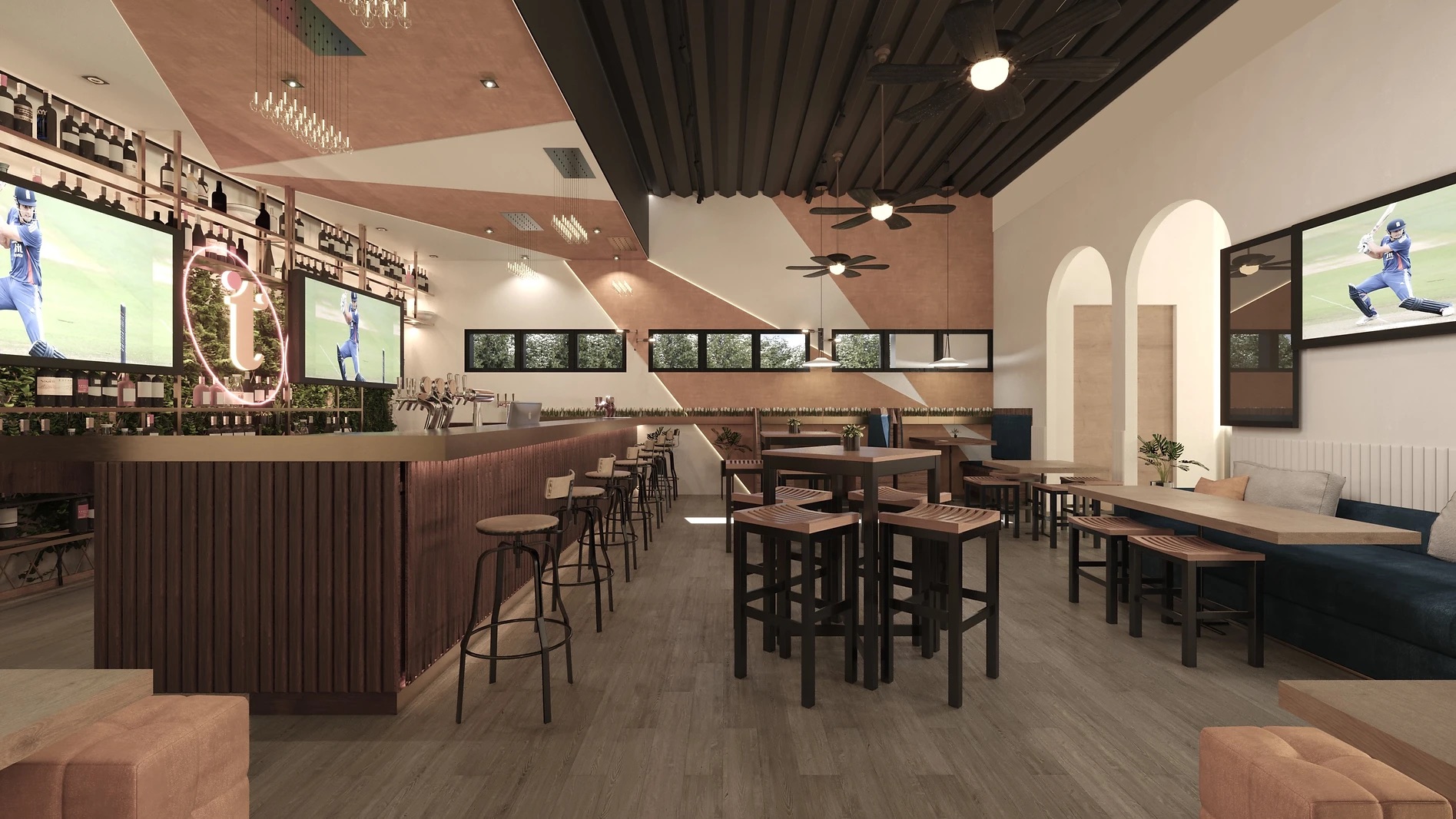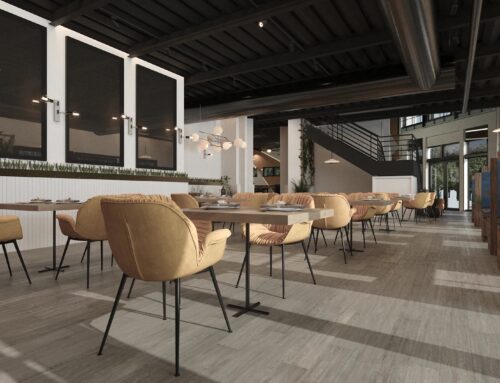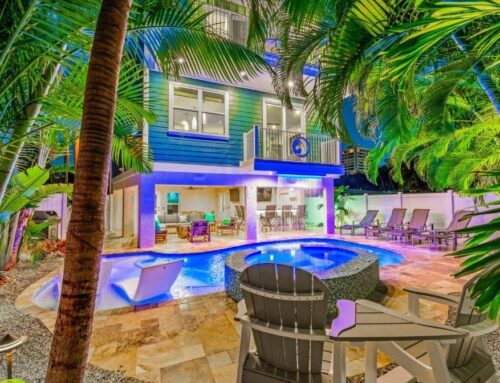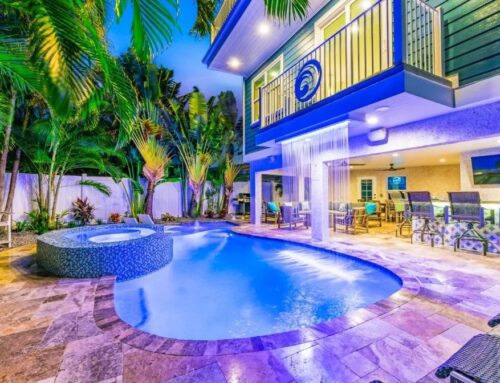The Power of Innovative Design in Commercial Real Estate
In today’s competitive real estate market, architecture plays a significant role in boosting investment value beyond just the aesthetics. The right blend of design creativity can convert a commercial property into a lucrative venture, attracting more tenants and customers, improving market appeal, and uplifted profitability. This analysis takes a deep dive into the synergistic association between architectural design and the increased investment value in commercial properties, illustrating how smart design solutions boost property demands.
Unveiling the Connection between Design and Profitability
Investing in commercial real estate amounts to a financial tactic aimed at enhancing investment return and reducing market risks. Key to this balance is architectural design, a factor that doesn’t only impact the immediate allure of a property. Still, it also affects its long-term market perception, adaptability, and ensuring value growth. Progressive design practices can help create not only eye-catching but also practical and efficient spaces that draw in a larger span of tenants, thereby growing the property’s net value.
The Magnetism of Appealing Design
One of the most prominent ways architectural design bolsters commercial properties’ value is by enhancing their appeal to potential tenants and customers. A unique, functional design in retail areas can act as a brand identity, while flexible and efficient office structures can cater to changing business needs. Features like open-plans, abundant natural light, and green spaces can dramatically improve office environments, leading to higher occupancy rates and as a result, increased rental income.
The Power of Sustainable Design
The influence of sustainability and energy-efficiency is no longer just trending jargon in the world of architecture. They offer significant benefits around a property’s investment value. Sustainable attributes such as energy-efficient appliances, sustainable heating, and cooling systems, and water-efficient fixtures not only cut down operational expenses but also cater to an increasingly environment-focused client base. In addition, buildings boasting green certifications, like LEED, consistently earn higher rents with minimal vacancy rates. These underline the tangible value of green design elements in contemporary commercial architecture.
Real-life Impact: Case Studies
Numerous case studies substantiate how ingeniously devised architectural design has boosted property value. For instance, converting traditional office buildings by including flexible workspaces and eco-friendly elements has witnessed substantial growth in tenant interest and rental proceedings. Similarly, retail spaces carrying unique design aspects that create a captivating shopping experience draw top-tier tenants, enhancing property profitability.
Anticipating Future Requirements
Future-proofing properties is another essential aspect of architectural design. Designs fostering modularity and flexibility maintain the property’s evergreen appeal, enabling easy space reconfiguration based on the needs of different tenants or evolving business dynamics. Additionally, integrating modern technological groundwork would appeal to tech-focused tenants, ensuring the property’s relevance in the face of rapid technological advancements.
The Power of Teamwork
Real estate owners and developers should work hand-in-hand with architects right from the project inception to ensure maximum investment return. This collaboration focuses on aligning design techniques with market expectations, sustainability objectives, and functional needs, guaranteeing that the final product makes a mark in the commercial real estate sector.
Design: A Game-changer in Real Estate
Summing up, in the thriving market of commercial real estate, architectural design stands as a strategic tool, driving enhanced investment value through attractiveness, sustainability, and functionality. As this market continues to expand and evolve, properties that adopt innovative design approaches will most likely stay ahead in profitability and demand, setting a new precedent in commercial real estate investing.





